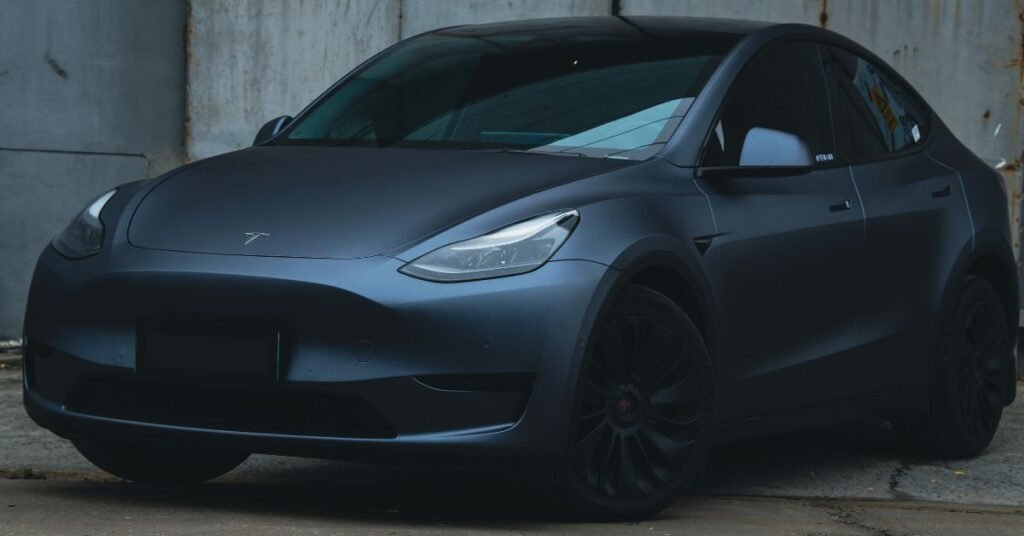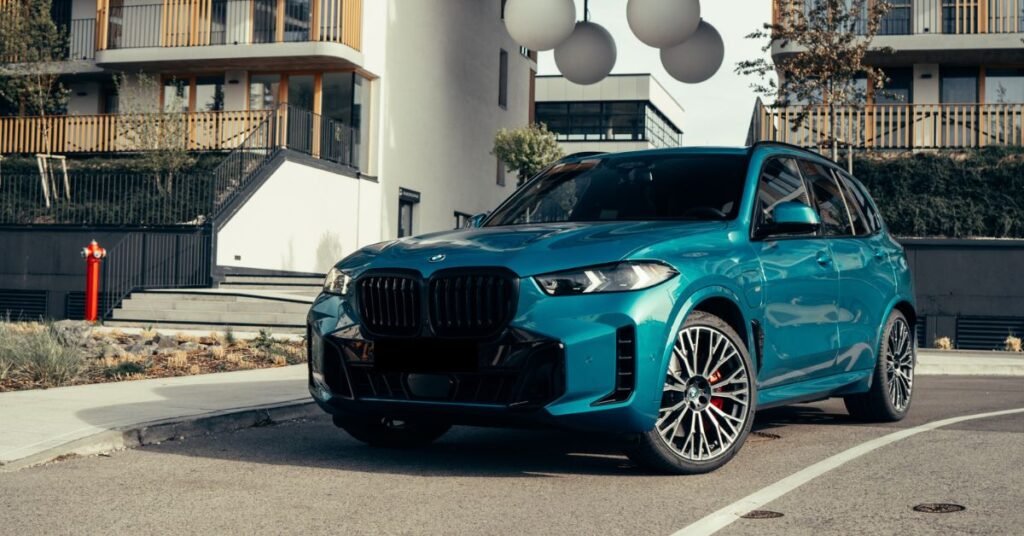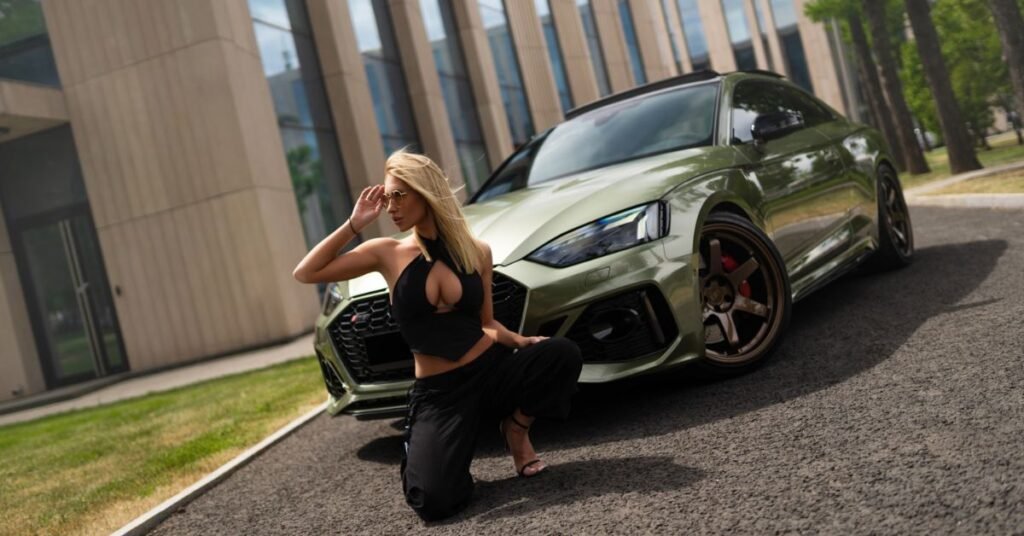Stage 1, Stage 2 & Stage 3 Tunes Explained: What Do They Mean for Your Car?
Stage 1 tune means only tuning your ECU unlocking restricted power from factory. Stage 2 tune means actually changing some parts like downpipe, intake and exhaust and also adding a custom ECU tune on top of that. Stage 3 tune means changing even more parts on top of stage 2 tune like turbo and engine internals like pistons and rods.
But what do these stages actually mean, and how do they affect your car’s performance? In this guide, we’ll break down:
🔥 In-depth Info On What Stage 1, Stage 2 & Stage 3 Tunes Mean
⚡ HP Gains & Required Mods for Each Stage
🛠️ Installation Difficulty & Cost
⚠️ Warranty & Reliability Concerns
🚗 Best Cars for Tuning (From Civics to M3s)
What Does “Stage” Tuning Mean?
The “stage” system categorizes performance upgrades based on complexity, power gains, and required modifications. While not an official standard, most tuners follow this general framework:
| Stage | Power Gain | Key Mods Needed | Best For |
|---|---|---|---|
| Stage 1 | +15-30% HP | ECU tune only | Daily drivers |
| Stage 2 | +30-50% HP | Tune + intake/exhaust | Enthusiasts |
| Stage 3 | +50-100%+ HP | Turbo, fueling, internals | Race/track builds |
*(Note: Stages vary by tuner—some have Stage 2+, Stage 4, etc.)*
Stage 1 Tune: The Entry-Level Easy Horsepower
What It Does
- Reprograms the ECU to optimize air/fuel mix, ignition timing, and boost pressure.
- Unlocks hidden factory power (often restricted for emissions).
Gains & Requirements
✅ +15-30% HP/Torque (e.g., GTI goes from 220HP → 270HP)
✅ No hardware changes needed (usually)
✅ Improves throttle response
Best For
- Daily drivers who want more power without major mods.
- Lease cars (often reversible).
Popular Stage 1 Tuners
- COBB Accessport (Subaru, Ford, VW)
- JB4 (BMW, Audi)
- Hondata (Civic Type R, Si)
Stage 2 Tune: Serious Power Boost
What It Requires
- Mandatory supporting mods:
- High-flow downpipe (or catless)
- Performance intake/intercooler
- Upgraded exhaust
Gains & Risks
✅ +30-50% HP (e.g., WRX jumps from 268HP → 350HP)
⚠️ May void warranty (if dealer detects mods)
⚠️ More stress on engine/transmission
Best For
- Weekend warriors who track or canyon-run.
- Turbo cars (big gains from freer airflow).
Top Stage 2 Combos
- VW Golf R: IE Stage 2 + Downpipe = 370HP
- Subaru WRX: COBB Stage 2 + SF Intake = 320WHP
- BMW M240i: BM3 Stage 2 + Catless DP = 420HP
Stage 3 Tune: Full Race Build
What It Demands
- Major hardware upgrades:
- Big turbo/supercharger
- Upgraded fuel system (injectors, pump)
- Forged internals (pistons, rods)
Gains & Tradeoffs
✅ +50-100%+ HP (e.g., Focus RS → 500HP)
❌ 5K−5K−20K+ cost
❌ Not street-legal in some areas
Best For
- Drag cars/time-attack builds
- Garage queens (not daily-driven).
Famous Stage 3 Cars
- Honda Civic Type R (600HP+ w/ big turbo)
- Ford Mustang EcoBoost (500HP+ w/ Vargas turbo)
- Tesla Model 3 (Acceleration Boost + cooling mods)
Stage Tuning: Key Questions Answered
Q: Does stage tuning void my warranty?
- A: Stage 1: Often safe (if flashed back to stock before dealer visits).
- A: Stage 2+: Usually voids powertrain warranty (Magnuson-Moss Act has limits).
Q: Which stage is best for a daily driver?
A: Stage 1 (reliable power) or mild Stage 2 (with catted downpipe).
Q: Can I skip stages?
A: No—each stage requires supporting mods. Jumping to Stage 3 without upgrades risks engine failure.
Q: How much does stage 1/2/3 tune cost?
| Stage | Cost Range |
|---|---|
| Stage 1 | 300−300−1,000 |
| Stage 2 | 1,500−1,500−4,000 |
| Stage 3 | 5,000−5,000−20K+ |
Final Verdict: Which Stage Should You Choose?
- Just want a faster daily? → Stage 1
- Love spirited driving? → Stage 2
- Building a monster? → Stage 3
Pro Tip: Always dyno-tune after mods for optimal performance!


